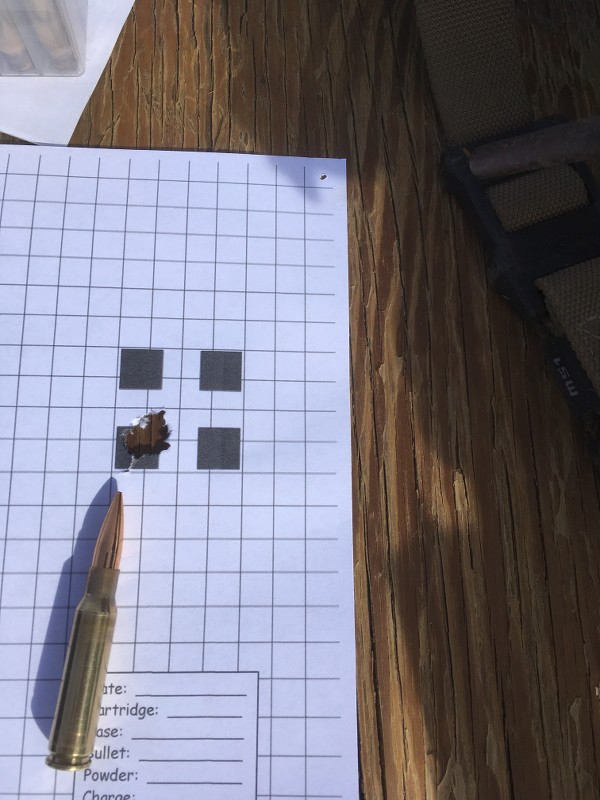Listening to The Everyday Sniper Podcast with Frank and Mike they were talking in one of the episodes about shorter barrels and Frank was mentioning lighter bullets with high BC's that you can still get good speed out of. Frank mentioned he likes the Scenar's because they are not as jump sensitive as Bergers. Call me a lazy reloader but I have avoided Berger by and large due to price and their "sensitivity" to seating depth. Nosler has their new RDF bullets and Hornady has their new ELD series, my preference would be to load to magazine length for both 7 RSAUM and 6.5 Creedmoor (using Alpha mags) and I'm curious what the experience has been with RDF's and ELD's when it comes to loading to magazine length and accuracy instead of going through the process of 500ths off the lands 600ths off the lands and so forth. I understand for many of you reloading is an art form and you have perfected your brush strokes, but I have not bought into that yet and curious if there are others who load to magazine length or just under with these new bullets and what your experience has been. For some, squeezing every teensy bit of accuracy out of their loads is the objective and getting 1/4 to 3/8 MOA is the goal, but for me, if I get 1/2 MOA out of my loads well, I am okay with that, I have played with different seating depths from magazine length and have seen little in accuracy gains in doing so. Load development is pain enough without having to deal with seating off the lands, but am I being ignorant with my approach or is there validity in using bullets that are less sensitive to jump and loading to magazine length or within close proximity thereof?
By the way, for load development I have been using Dan Newberry's Optimal Change Weight method for a number of years now with good success, so it's not like I'm just throwing powder and seating my bullets willy nilly, I do have a process and I am curious if there are bullet designs that tend to provide greater accuracy using this methodology.
By the way, for load development I have been using Dan Newberry's Optimal Change Weight method for a number of years now with good success, so it's not like I'm just throwing powder and seating my bullets willy nilly, I do have a process and I am curious if there are bullet designs that tend to provide greater accuracy using this methodology.



